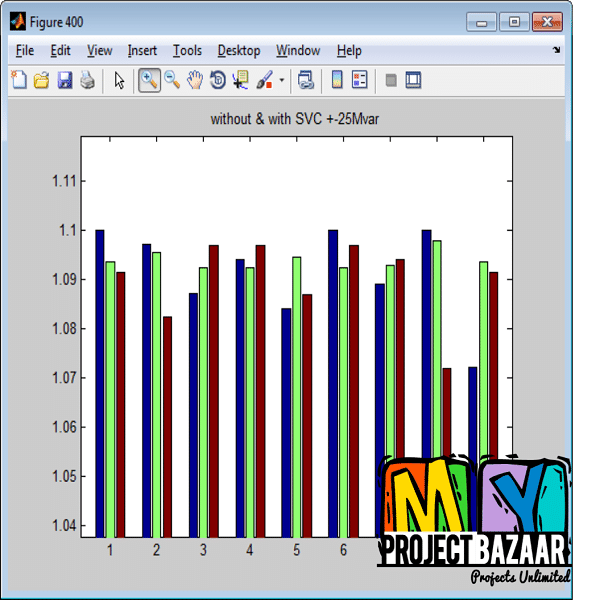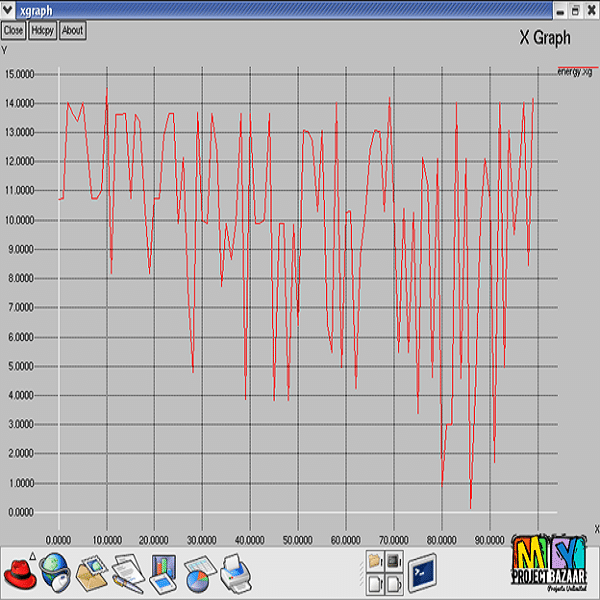Table Of Content
- Introduction
- Purpose of Image Processing
- Top 10 Steps in Digital Image Processing
- Image Acquisition
- Enhancement
- Image Restoration
- Wavelets and Multiresolution Processing
- Colour Image Processing
- Morphological Processing
- Compression
- Segmentation
- Description and Representation
- Knowledge Base
- Final Thoughts
Introduction
Fundamental Steps in Digital Image Processing: Generally, Image processing is an approach to convert an image into digital form. It performs certain operations on it and helps to get an improved image or to extract some useful information from it.
On the other hand, it is a type of signal dispensation in which input is an image, like a video frame or photograph. And, the output may be the image or characteristics associated with that image. Generally, an image processing system that includes treating images as 2D signals while applying set signal processing methods to them.
Purpose of Image Processing
In general, the primary purpose of image processing is categorizing into five major groups. They are
- Visualization
- Image sharpening and restoration
- Image retrieval
- Pattern Measurement
- Image recognition
Top 10 Steps in Image Processing
In this blog, here there are top 10 steps in image processing such as
- Image Acquisition
- Enhancement
- Image Restoration
- Wavelets and Multiresolution Processing
- Colour Image Processing
- Morphological Processing
- Compression
- Segmentation
- Description and Representation
- Knowledge Base
#1: Image Acquisition
This is the fundamental step of digital image processing. In fact, this image acquisition can be as simple as being given an image which is already in digital form. This step involves pre-processing such as scaling etc.
#2: Image Enhancement
To determine, image enhancement is the most straightforward and most appealing areas of image processing. The idea behind an enhancement technique is to deliver the information that is obscure or simply
to highlight the particular features of interest in an image. Such as changing brightness and contrast etc.
#3: Image Restoration
As a matter of fact, image restoration is a field which deals with enhancing the image appearance. Unlike enhancement, which is subjective and the image restoration is objective. In fact, the restoration technique which tends to depend on mathematical or probabilistic models of image degradation.
#4: Wavelets and Multiresolution Processing
Wavelets are the basis for representing images in several degrees of resolution. At the same time, images can divide into smaller regions for pyramidal representation and data compression.
#5: Color Image Processing
To begin with, the colour image processing is an area which has been gaining its importance due to its significant increase in the use of digital images through the Internet. It includes colour modelling and
processing in a digital domain etc.
#6: Morphological Processing
As a matter of fact, it deals with extracting image components that are useful in description and representation of the shape. On the other hand, it involves basic morphological operations such as dilation and
erosion.
#7: Compression
In fact, the compression deals with techniques are useful for reducing the storage required to save an image or the bandwidth from transmitting it. Particularly, in the uses of Internet, it is very much mandatory to compress data.
#8: Segmentation
Segmentation procedures partition an image into its constituent parts or an object. The autonomous segmentation is the primary complex tasks in digital image processing trends. In fact, a rugged segmentation procedure provides the process with a long way toward a successful solution of imaging problems which helps to require objects to determined individually.
#9: Description and Representation
Description and representation follow the output of a segmentation stage, that is usually is raw pixel data. At the same time, choosing an observation is only part of the solution for converting raw data into the form that is useful for subsequent digital signal processing projects. It deals with extracting attributes which result in some quantitative details of interest or is fundamental for differentiating one class of objects from another.
#10: Knowledge Base
As a matter of fact, knowledge will be as easy as detailing regions of an image where the details of interest are known to be located. Therefore, limiting the search that has to be conducted in seeking that information. Further, the knowledge base can be quite complex, such as an interrelated list of all significant possible defects in a materials inspection problem. As well as, an image database containing high-resolution satellite images of a region in connection with change-detection applications.
Final Thoughts
In the final analysis, the above mentioned 10 steps are involved in digital image processing. At MyProjectBazaar, we provide image processing projects for final year students. Download image processing projects along with source code.






 A Key-Policy Attribute-Based Temporary Keyword Search Scheme for Secure Cloud Storage
A Key-Policy Attribute-Based Temporary Keyword Search Scheme for Secure Cloud Storage  Application of Data Mining Techniques in Weather Prediction and Climate Change Studies
Application of Data Mining Techniques in Weather Prediction and Climate Change Studies  A Tracking System With High Accuracy Using Location Prediction And Dynamic Threshold
A Tracking System With High Accuracy Using Location Prediction And Dynamic Threshold  Separable Reversible Encrypted Data Hiding in Encrypted Image Using AES Algorithm and BPCS Algorithm
Separable Reversible Encrypted Data Hiding in Encrypted Image Using AES Algorithm and BPCS Algorithm  Energy-Efficient Configuration of spatial and frequency Resources in MIMO_OFDMA Systems
Energy-Efficient Configuration of spatial and frequency Resources in MIMO_OFDMA Systems